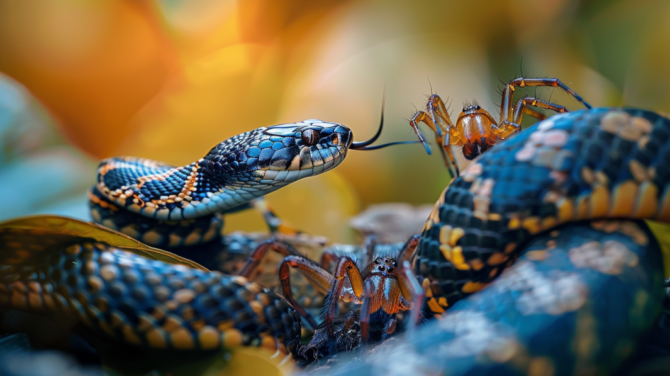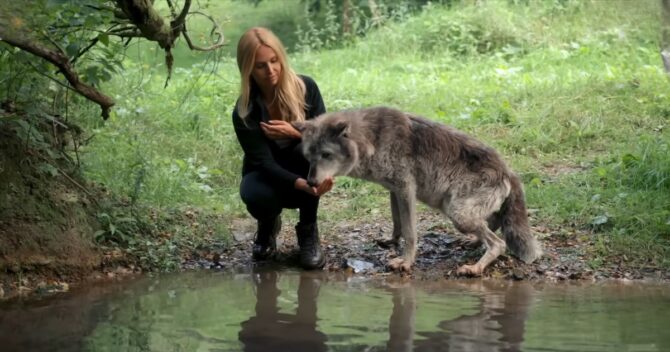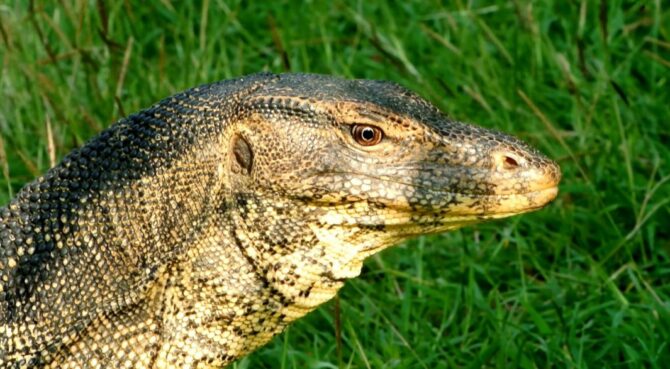Humans and many creatures we know have only one heart, which is responsible for supplying blood to other parts of the body.
However, not all animals follow this pattern. Some animals don’t have hearts, while others need more than one to function, as only one won’t be enough for blood flow.
Examples of animals with multiple hearts include octopuses, squid, earthworms, cuttlefish, hagfish, etc.
Does it sound surprising? Having more than one heart is normal for these creatures.
Examples of Animals with Multiple Hearts
1. Octopus

- Scientific Name: Octopoda
- Number of hearts: 3
An animal order with over 300 species, the Octopoda is recognized by its eight limbs and soft body.
The octopus is classified under the Cephalopoda class alongside squids, nautiloids, and cuttlefish.
This mollusk has a lot of body adaptations that help it survive. For instance, its soft body helps it slip through small spaces. It also has up to 3 hearts.
Hearts 1 and 2 stay in the peripherals, and their job is to pump blood which moves through the gills for the blood to get oxygen.
They are termed the branchial hearts. Heart 3 has a unique role. Located at the center, it is termed the systemic heart.
This is responsible for pumping oxygenated blood around the body.
2. Earthworm

- Scientific Name: Lumbricina
- Number of hearts: 5
The earthworm fall under the Lumbricina suborder in the phylum Annelida.
It is one of the most common invertebrates on earth, occurring worldwide except in Antarctica.
Earthworms thrive in an environment with soil, water, and the right temperature.
Strictly speaking, earthworms have no hearts. What they do have is a system called an aortic arch which plays the role of a heart.1
Five vessels make up this system. One is located above the digestive tract and moves blood forward. The other four move blood backward.
3. Cuttlefish

- Scientific Name: Sepiida
- Number of hearts: 3
The cuttlefish falls under the Cephalopoda class alongside the octopus. It is the common term for the Sepiida order, known for having the cuttlebone.
They are also regarded as highly intelligent, one of the most intelligent invertebrates alive today. I’m They have eight arms, two tentacles, and three hearts.
The cuttlefish’s hearts operate like that of the octopus, with the branchial hearts getting oxygenated blood which the systemic heart distributes to the rest of the body.
The slight difference is in the speed. The blood has a high level of hemocyanin which contains less oxygen compared to hemoglobin.2
4. Hagfish

- Scientific Name: Myxini
- Number of hearts: 4
The hagfish is part of the family Myxinidae under the order Myxiniformes and the class Myxini.
This animal is unique as it has a skull but no vertebral column, excluding it from the vertebrae category.3
Another less-known uniqueness of the hagfish is the number of hearts. The hagfish has four hearts, one systemic and other auxiliaries.
Together, they act as a team. While the systemic heart pumps blood to every part of the body, the auxiliary heart assists the circulatory system.
5. Coastal Squid

- Scientific Name: Myopsida
- Number of hearts: 3
The coastal squid is the term for the order Myopsida, one of four squid orders.
The coastal squid is sometimes classified as a suborder, but there’s no consensus. They are found in coastal waters worldwide.
The coastal squid has three hearts which follow a similar pattern to the octopus.
The systemic heart does the blood pumping while the auxiliary hearts move it to the gill for oxygen.
The coastal squid’s blood contains hemocyanin which is rich in copper.
6. Cockroaches
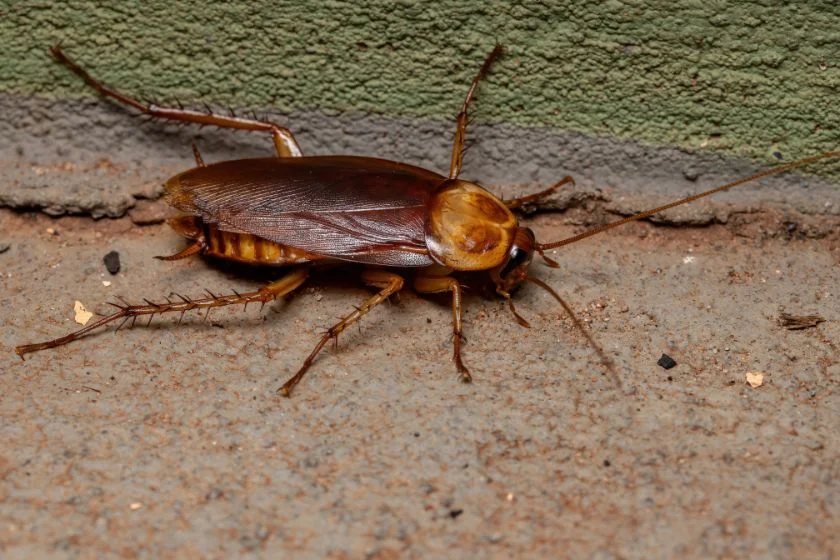
- Scientific Name: Blattidae
- Number of hearts: 13
The notorious roach doesn’t need an elaborate introduction. With over 4,000 species, the cockroach is widespread.
However, only an estimated 30 stays around humans as pests. It belongs to the Blattodea order, and Blattidae is the family that contains household cockroaches.
Have you ever wondered why it’s hard to kill a cockroach? The answer is in the number of hearts.
The cockroach has 13 hearts, though there’s a debate as to whether the secondary 12 should be classified as hearts.
Some experts prefer calling them chambers. In any case, all 13 chambers are lined up, making the blood flow through.
Taking out 13 chambers isn’t easy, which contributes to the cockroach’s resilience.
7. Trout
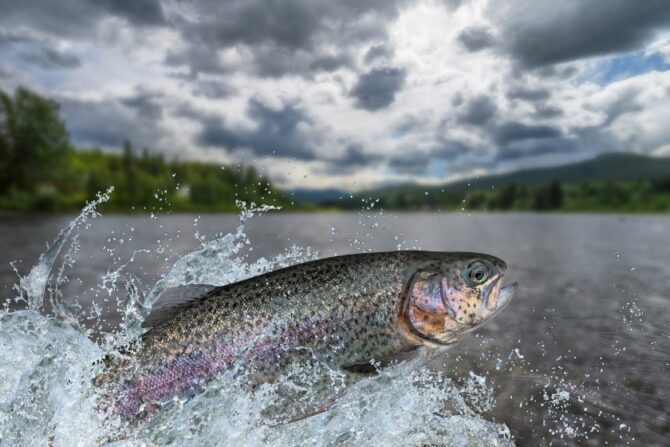
- Scientific Name: Salmoninae
- Number of hearts: 2
The trout is a member of the subfamily Salmoninae under the family Salmonidae. The subfamily is divided into seven genera.
Of the three genera, the Salmo, Salvelinus, and Oncorhynchus are termed trouts.
Trouts have two hearts. The first is positioned at the throat like other fish.
It functions like a normal heart, pumping blood to other parts of the body. The second heart is known as the caudal heart, located at the backbone.4
8. Barosaurus
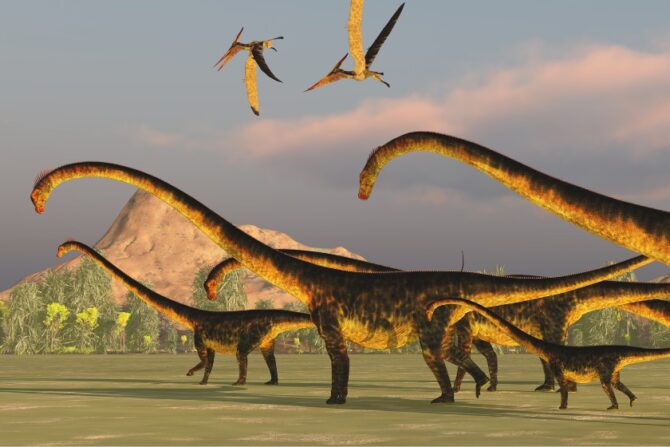
- Scientific Name: Barosaurus
- Number of hearts: Possibly 8
All dinosaurs are extinct, including the barosaurus, but studies on it have revealed that it may have had multiple hearts.
This creature walked the earth around 200 million years ago, and from fossil evidence, it is shown to have a long neck. The latter helps it eat from the top of trees.
Because of its size and long neck, paleontologists have theorized that it probably had up to eight hearts.
Its cardiovascular system must have been strong enough to circulate blood around the body, and that would have been difficult with one heart. However, this remains under debate.
9. Horse
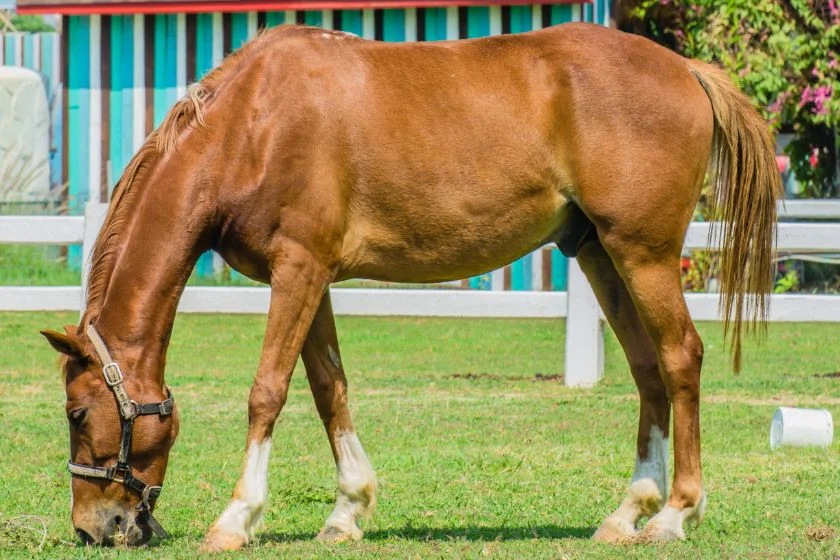
- Scientific Name: Equus ferus
- Number of hearts: 5 (somewhat)
Do horses have more than one heart? Strictly speaking, no. However, they have heart-like organs that perform similar roles to the heart.
These organs are called “frogs.” There’s one on each foot, and in addition to the main heart, we have a total of five “hearts.”5
These frogs pump blood to the horse’s arteries with every step the horse takes.
This function is what a heart does. Thus, while the frogs may not be considered hearts, horses have a place on this list.
10. Human
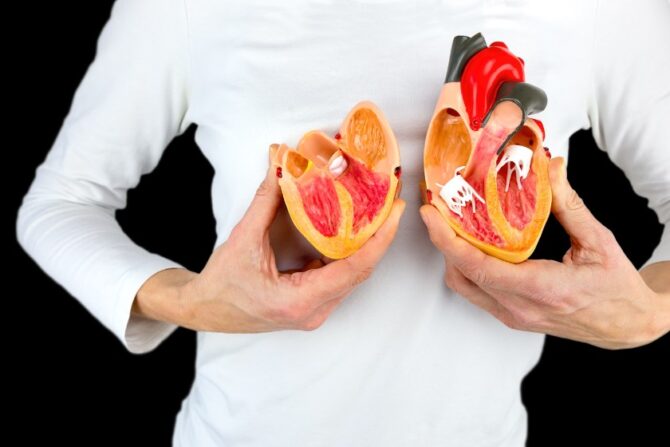
- Scientific Name: Homo sapien
- Number of hearts: Possibly 2
The last living being on our list is the human, which can leave us skeptical. Are there people out there with 2 hearts?
It isn’t the status quo for a human to have two hearts, but it can happen. This often results from a heart transplant.
When the defunct heart can still function, the new heart is grafted in.
The person then relies on two hearts in place of one. While this is quite rare, it is possible.
Related: 15 Animals With More Than 2 Eyes
Summary
While many creatures do fine with one heart, the animals with more than one heart on this list need them to survive.
The exception to this is the human, whose multiple hearts are more artificial.
All hearts play the common role of blood circulation, albeit in different ways.
There’s usually a central heart and the peripherals that support it.
References & Notes
Facts Sources:
- Anatomy, Thorax, Aortic Arch. StatPearls Publishing.
- Hemocyanin. Britannica
- Identification of vertebra-like elements and their possible differentiation from sclerotomes in the hagfish. Nature Communications.
- The caudal heart of fish: not a lymph heart. Acta Anat (Basel).
- Functional Anatomy of the Horse Foot. MU Extension.


